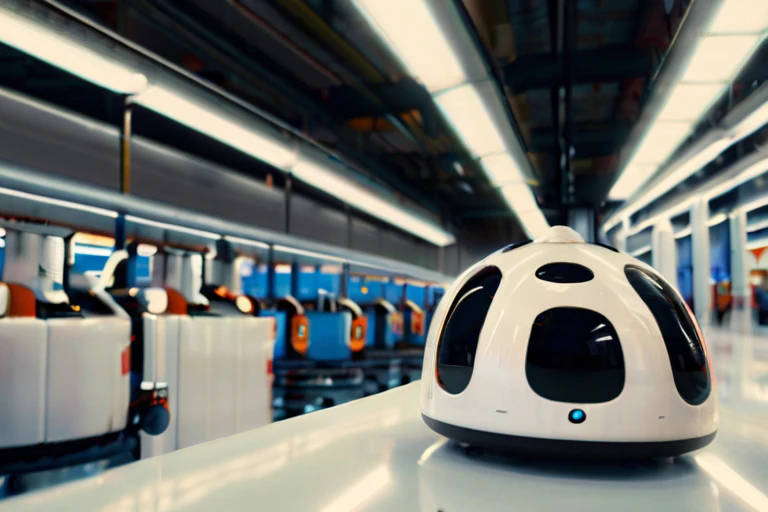In a recent move that reflects the changing landscape of work dynamics, Senator Bernie Sanders, along with Senators Laphonza Butler and Mark Takano, introduced a groundbreaking bill to restructure the traditional workweek. This legislation, termed the thirty-two-hour workweek act, seeks to address the evolving needs of American workers amidst the rise of automation and artificial intelligence (AI).
Transformative legislation for work-life balance
The proposed bill advocates for a significant reduction in the standard workweek from forty to thirty-two hours, allowing employees more time to spend with their families and pursue personal interests. Senator Butler emphasizes the disparity between increasing CEO wages and stagnant worker earnings, highlighting the necessity for a more equitable distribution of profits. Moreover, Senator Takano views the bill as a transformative measure that benefits workers and workplaces, fostering a healthier work-life balance and potentially increasing productivity.
The concept of a forty-hour workweek traces back to the early 20th century, solidified by the Fair Labor Standards Act of 1938 during President Franklin D. Roosevelt’s tenure. Now, over eight decades later, the proposed reduction in working hours signifies another pivotal shift in labor regulations. However, concerns arise regarding the potential economic repercussions of implementing a shorter workweek, including increased operating expenses for employers and the need to hire additional staff to compensate for reduced hours.
Evidence supporting a four-day workweek
Advocates of the thirty-two-hour workweek draw upon various studies and pilot programs that demonstrate its potential benefits. Research conducted by the University of Cambridge and Four Day Week Global indicates that shorter workweeks can lead to heightened employee satisfaction, reduced burnout, and even productivity improvements. Additionally, testimonials from companies participating in trial programs reveal notable revenue growth and enhanced employee well-being.
Prominent figures in the corporate world, such as JPMorgan Chase CEO Jamie Dimon and technology pioneer Bill Gates, have expressed optimism about the role of AI and robotics in reshaping work schedules. Dimon predicts that AI could eventually facilitate workweeks as short as three to five days, while Gates emphasizes the transition toward a more flexible three-day workweek. These viewpoints underscore the potential for innovative technologies to redefine traditional notions of labor and foster alternative work arrangements.
Navigating the future of work
As discussions surrounding the thirty-two-hour workweek gain momentum, stakeholders across industries are tasked with navigating the implications of these proposed changes. While proponents cite the potential for increased happiness and productivity, skeptics raise valid concerns about economic viability and operational efficiency. Nevertheless, the evolving landscape of AI and robotics compels policymakers and businesses alike to adapt to shifting paradigms of work, prioritizing the well-being and satisfaction of the workforce.
The introduction of the thirty-two-hour workweek act heralds a significant milestone in the ongoing dialogue about work-life balance and the future of labor. With AI and robotics driving innovation and efficiency, society stands at the precipice of transformative change, where traditional norms give way to more flexible and fulfilling work arrangements. As debates unfold and legislation progresses, the journey toward a happier, more sustainable workforce continues, guided by a commitment to progress and prosperity for all.




